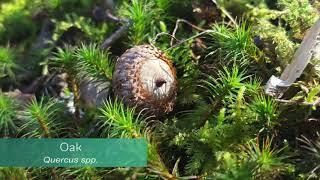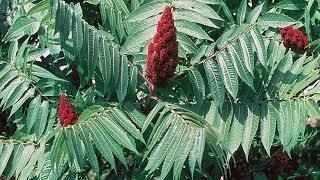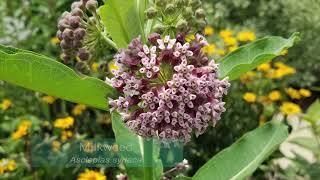Indigenous Peoples' Perspective Project
A collaboration between Adkins Arboretum and the Washington College Food Initiative (WCFI), the Indigenous Peoples' Perspective Project explores the importance of more than 20 native plants to the food, craftwork, and medicinal traditions of indigenous peoples of the Chesapeake region. The project seeks to encourage a paradigm shift from land as capital to land as sacred teacher, healer, and sustainer.
The Arboretum is located in the traditional homeland of the Choptank People, Algonquin-speaking Woodland Indians who lived along the Choptank River basin. Before European settlers arrived in the early 1600s, there were approximately 20,000 Choptank living on the Eastern Shore. Less than 150 years later, these native people were driven to near-extinction by illness, fighting, and forced migration.
Through the Indigenous Peoples' Perspective Project, the Arboretum and the WCFI strive to honor the wisdom of native peoples and their unique relationship with nature by sharing their ecological perspectives, history, and traditions. Ultimately, the project seeks to inspire a collective responsibility to shape our future by caring for the land that supports us.
Explore the project through the resources below. We welcome your thoughts on the project, which can be submitted using the evaluation form found here.
Story Map
A virtual 'field trip' designed for students and adults alike, the Indigenous Perspectives story map explores connections between our native Chesapeake landscapes and the Paleo, Archaic, and Woodland Indian periods.
Self-Guided Family Activities
Videos
Important Native Plants
Daniel "Firehawk" Abbott, a member of the Eastern Shore's Nanticoke People, provided invaluable input as a consultant on this project. Special thanks goes to Jeff and Susan Coomer for their research assistance. Self-guided activities were written by Jenny Houghton. Shane Brill researched and wrote the plant profiles and produced the video content.
The Indigenous Peoples' Perspective Project was made possible by a grant from Maryland Humanities, with funding received from the Maryland Historical Trust in the Maryland Department of Planning. Maryland Humanities’ Grant Programs is also supported by the National Endowment for the Humanities and private funders. Any views, findings, conclusions or recommendations expressed in this program do not necessarily represent those of Maryland Humanities, Maryland Historical Trust, Maryland Department of Planning or National Endowment for the Humanities.





